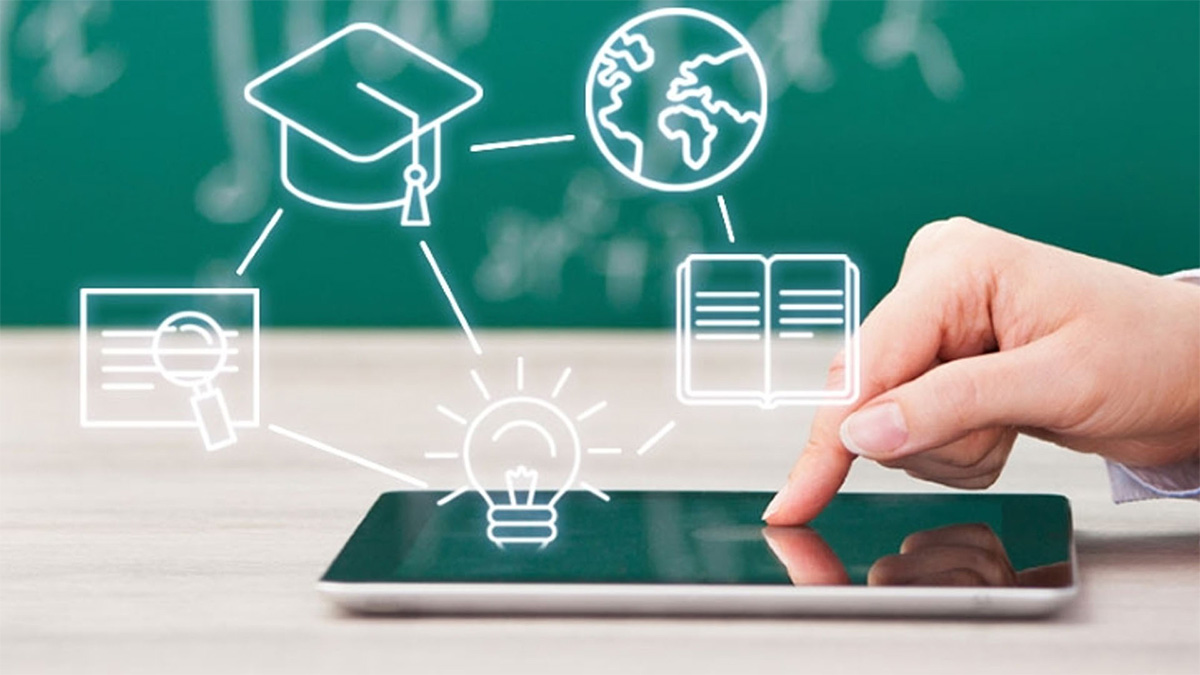DataSync Tailored Solutions for the Education System
Modern classrooms utilize technology to help students acquire essential life skills, making IT an indispensable part of education. The development of digital classrooms has become a key project for many educational institutions, leveraging smart devices, online platforms, and interactive tools to enhance teaching efficiency and learning experiences, advancing educational modernization.
Important Trends in the Education Sector
Remote classes led by E-classroom have become a new trend
University E-classrooms allow remote student access and rely on various network tools to achieve interaction and multimedia effects. These tools include video conferencing software, online whiteboards, and real-time data sharing platforms, ensuring rich and engaging class content while facing challenges in network bandwidth and information security.
A large amount of laboratory research data is stored locally
University research activities and experiments generate large volumes of data, requiring substantial local storage for data processing and analysis. This data includes experimental results, research papers, and long-term archiving needs, placing higher demands on storage capacity, data backup, and security.
Teaching systems and services need to cover a wider range and serve more users
With the expansion of the campus and the growing number of students, dormitory sizes are increasing, and the distribution of dormitories and classrooms is becoming more spread out. This layout increases the complexity of managing campus IT infrastructure, especially in areas like network coverage, service provision, equipment maintenance, and data transmission, requiring more efficient resource allocation and technical support to ensure smooth teaching and administrative operations.

Key Challenges in the Education Sector
Distributed IT equipment will put more pressure on the school IT team in operation and maintenance
Distributed IT systems in large campus environments face challenges like network bandwidth, data security, and remote troubleshooting. With a centralized management model, the IT team must handle complex systems and large-scale equipment, requiring advanced technical skills and emergency response capabilities to ensure smooth operation across multiple buildings.
The demand for teaching quality requires that electronic classrooms have minimal downtime
Classrooms need to minimize downtime to ensure smooth teaching activities. Any technical failure or system interruption can disrupt the teaching process and reduce student engagement. To address this, schools must establish efficient technical support systems and redundant setups to ensure the stability and reliability of classroom equipment.
The scattered distribution of equipment creates challenges in digital connection and operation and maintenance protection
With dispersed equipment terminals and considerable distances between each, every smart cabinet in the college plays a vital role in teaching or administration. This distribution makes managing and safeguarding each device more complex. The school must ensure comprehensive security, from hardware to software, addressing challenges such as preventing device failures and data loss, as well as ensuring seamless connectivity and stability across multiple terminals in the campus network.
